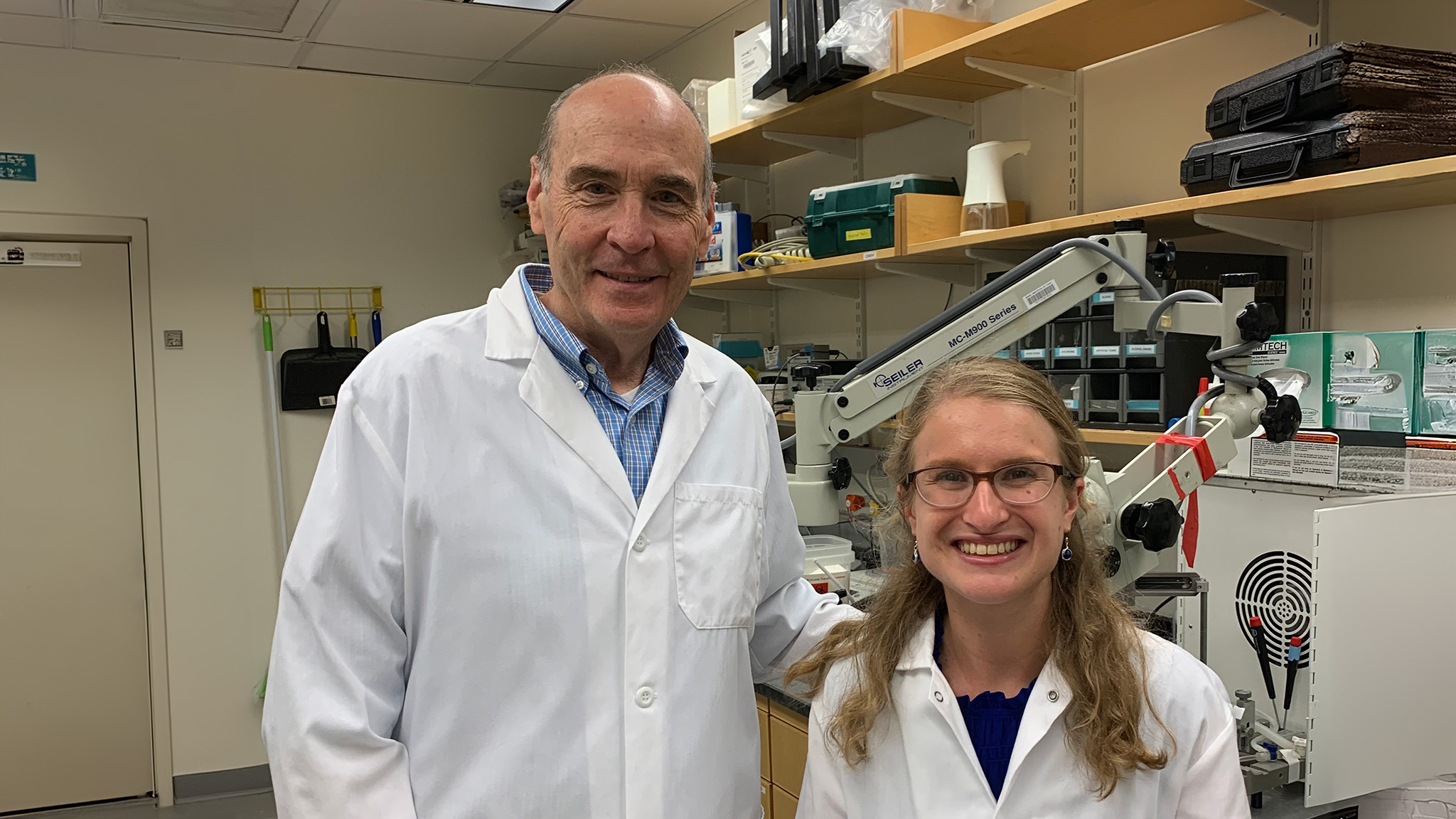Investigating and Correcting the Mechanistic Basis of Altered Physiology of Primary Visual Cortex in Fragile X Syndrome

Mark Bear, PhD
Principal Investigator
Sara Kornfeld Simpson, PhD
FRAXA Postdoctoral Fellow
Massachusetts Institute of Technology
Cambridge, MA
2024-2025 Grant Funding: $100,000
Summary
With this grant, the team will test their hypothesis that some of the brain's inhibitory neurons are impaired in Fragile X syndrome. The key difference appears to be in neurons that express somatostatin.
They will explore whether stimulating these neurons might have therapeutic potential in Fragile X syndrome.
The Science
by Mark Bear, PhD and Sara Kornfeld Simpson, PhD
Among the many symptoms of Fragile X syndrome (FXS) are alterations in sensory processing. Research on how the brain responds to sensory stimuli can reveal the mechanisms that differ in Fragile X and suggest how these can be corrected.
We have made measures of altered sensory processing in the visual cortex of the mouse model of FXS using a simple method that is closely related to the EEG methods used in human studies. We were gratified to find that the measurements in mice closely resemble what is seen in humans with FXS. This finding gives us the opportunity to go “under the hood” in the mice to see what gives rise to the difference and provide guidance on how it might be corrected. In addition, our measures provide a useful quantitative biomarker of a disease mechanism that can be used to report the success of a particular treatment approach.
Quantitative biomarkers that translate from mouse to human have been eagerly sought by researchers attempting to develop therapeutics. Our studies involve recording a local electrical field potential (LFP) using an electrode implanted chronically in the mouse visual cortex (in contrast to human EEG recorded from the scalp). Through these recordings we can measure ongoing differences in activity as well as that evoked by presenting various visual stimuli.
Our findings to date have revealed large differences that previously had not been identified in mice. Together they have led to a hypothesis that inhibitory neuron function is impaired in FXS; but intriguingly, not all inhibitory neurons. The key difference appears to be the activity of one class of neuron that is marked specifically by expression of a peptide called somatostatin (SOM).
The primary aim of this project is to test the hypothesis that SOM+ interneuron activity is reduced in the primary visual cortex of FXS mice and to test if stimulating SOM+ cells might have therapeutic potential in these animals.
Examining this mechanism revealed by visual cortex field potential recordings has the potential to offer new avenues for therapeutic discovery.
Meet the Scientists
Mark Bear, PhD is the Picower Professor of Neuroscience in The Picower Institute for Learning and Memory and the Department of Brain and Cognitive Sciences, at MIT. Since Dr. Bear first began investigating Fragile X with a grant from FRAXA in the year 2000, he has made groundbreaking discoveries about the cause of the disorder and potential treatment approaches. Many FRAXA Postdoctoral Fellows in Dr. Bear's lab have gone on to become Principal Investigators at universities around the world.
Sara Kornfeld Simpson, PhD is a Postdoctoral Fellow in Brain and Cognitive Sciences at MIT. A recipient of the NSF Graduate Research Fellowship, she studies how experience affects the activity of neurons in the visual system. She graduated Summa Cum Laude from Boston University (BU) in 2018 with a dual degree, triple major in Neuroscience, Flute and Oboe Performance.

